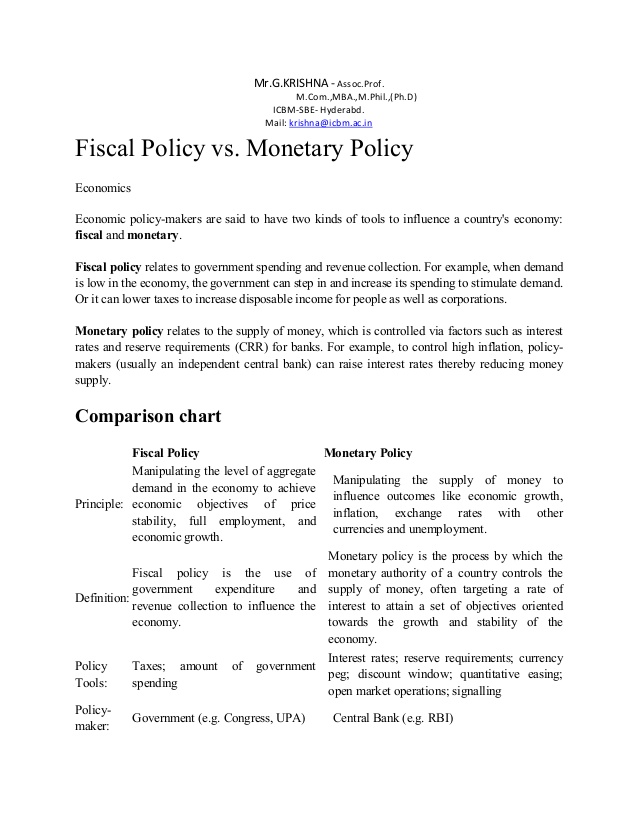Contents
This type of company is extremely risky and unlikely to secure bank financing. However, as with any metric meant to assess a business’ efficiency, the interest coverage ratio is not absolute. For instance, a ratio of 2 is often considered standard for more stable companies in specific industries. This is because production and revenue are almost constant, which means they can probably cover all of their interest payments even if interest was low. For more volatile industries, such as manufacturing, a higher minimum interest coverage ratio such as 3 would be deemed acceptable.
Learn financial modeling and valuation in Excel the easy way, with step-by-step training.
The ratio is calculated by dividing EBIT by the company’s interest expense. Therefore, the company would be able to pay its interest payment 8.3x over with its operating income. This is a good sign because it shows its company risk is low and her operations are producing enough cash to pay her bills. The reason behind using EBIT in place of net income at the time of calculation is because we want a true sign of how much the company can afford to pay in interest. Instead, it calculates the firm’s ability to afford the interest on the debt or future borrowing.
- Or is a high current interest coverage ratio is still likely to fluctuate or already stable.
- They may have to borrow more money or dip into their cash reserves.
- Besides his extensive derivative trading expertise, Adam is an expert in economics and behavioral finance.
- Interest coverage ratio is equal to earnings before interest and taxes for a time period, often one year, divided by interest expenses for the same time period.
Interest coverage ratio is a measure of a company’s ability to pay interest. It equals operating cash flows before interest and taxes divided by total interest payments. The Interest Coverage Ratio is both a debt ratio and a profitability ratio.
Formula to Calculate Interest Coverage Ratio
Like any metric that attempts to gauge the financial health of a business, it comes with its own limitations that are important to consider. There are a lot of things that can potentially go wrong, especially when it comes to your business finances and cash flow. An interest coverage ratio equal to one is also no good because it means that the company is badly making enough to complete its interest payments. An interest coverage ratio below one is alarming because it means that the company cannot pay interest on its outstanding that with the earnings generated. A company might exclude particular debts while calculating its interest coverage ratio. Hence, it is essential to dig deep and look for transparency in the debt list while using the interest coverage ratio for analysis.

To analyse a firm’s financial statements, individuals should use interest coverage ratio along with other metrics like – quick ratio, current ratio, cash ratio, debt to equity ratio, etc. It will help maximise the benefits of the said metric and will enable to cushion the shortcomings more effectively. Furthermore, one should also weigh in other factors before investing in or lending capital to a particular company. In simple words, the interest coverage ratio is a metric that enables to determine how efficiently a firm can pay off its share of interest expenses on debt. Theinterest coverage ratio interpretationsuggests – the higher the ICR, the lower the chances of defaults. Thus, lenders look for a significant ratio to ensure they do not get ditched during the loan term.
Regardless, it must be noted that what would generally be accepted as a ‘good’ interest coverage ratio for some industries or sectors may not be potent enough for others. For instance, industries with stable sales like electricity, natural gas, etc. among other essential utility services tend to have a low-interest coverage ratio. A ratio ideal interest coverage ratio of less than 1 indicates that the firm is struggling to generate enough cash to repay its interest obligations. When lenderscalculate the interest coverage ratio, they can decide whether they should approve or disapprove a loan amount for the applying entity. The lower the ratio, the higher the chances of defaults and bankruptcies.
What does a bad interest coverage ratio indicate?
Another one is by decreasing finance costs or reducing the interest expense. The calculation relieved the lenders as they were sure the borrower would pay interest on time. The ICR is also a good indicator for other stakeholders, such as investors, creditors, employees, etc., to make timely decisions. These kinds of companies generally see greater fluctuation in business. For example, during the recession of 2008, car sales dropped substantially, hurting the auto manufacturing industry.
A high ratio indicates that a company can pay for its interest expense several times over, while a low ratio is a strong indicator that a company may default on its loan payments. Interest coverage ratio differs from time interest earned ratio in that the coverage ratio is based on cash flows while the times interest earned ratio is based on accrual-based figures. Cash flows are considered a better indicator of a company’s financial position and performance because they are less prone to distortions due to accounting policies and estimates. Finding out the number of time operating cash flows before interest and taxes are available to pay interest expense is useful in analysis of a company’s long-term financial strength. The interest coverage ratio is a measure of a company’s ability to meet its interest payments.

We have added back interest because it is subtracted from operating cash inflows to arrive at the net CFO. We need to be careful here because some accounting standards allow companies to subtract interest payment as part of cash flows from financing activities. Tax is also added back because tax is charged after deduction of interest expense. A coverage ratio below 1 indicates the firm cannot meet its current interest payment obligations.
Trends analysis of this ratio offers valuable insight into a company’s stability when it comes to repaying interest. A ratio between 2.5 and 3 indicates that the firm will pay off its accumulated interest on debt with its current earnings. However, it may be an indicator of the firm’s internal policy or contractual requirement for maintaining a higher ratio. Many lenders look for companies with an ICR of 3, which is not a lenient figure to expect.
What is the Interest Coverage Ratio?
It depends a lot on the level of risk the creditor or investor is comfortable with, but in any case, the basics of this measurement are the same. In the calculation, EBIT is used rather than net income to provide the most accurate picture of what the company can afford to pay in interest. Using net income would mess up the calculation as interest expense would then end up counted twice and tax cost would adjust according to the deducted interest. Low ratio signifies a higher debt burden and a greater possibility of default or bankruptcy. The modus operandi observed is that once a client pays amount to them, huge profits are shown in his account online inducing more investment.

Notice that State Bank of India, Central Bank of India and Punjab National Bank have lower interest coverage ratio than their peers. It is recommended to use EBIT or EBIAT while calculating interest coverage ratio. You can check a company’s credit quality using Interest Coverage Ratio. Creditors can use the ratio to decide whether they will lend to the company. The Structured Query Language comprises several different data types that allow it to store different types of information…
If it is less than one, the company is not earning enough to pay its interest on outstanding debt. Such companies are hazardous and are not entertained by funding institutions. Similarly, like other financial metrics, the interest coverage ratio also has its fair share of demerits that the investors should be aware of before using it for their financial analysis.
How Is the Interest Coverage Ratio Calculated?
Let’s say a lender or investor was looking at a company’s interest coverage ratio and it was 1.5 or lower. They may then question its ability to meet the interest expenses on any potential debt. There are times where a business will need to go into debt in order to raise capital for any upcoming costs. This is a normal practise as https://1investing.in/ long as the business has the ability to handle it’s outstanding debts. The value of interest coverage ratio refers to the number of times a company can pay its interest with the earnings available for a specific period. The interest coverage ratio is an excellent measure to analyse the short term financial position of a company.
What is the buyback of shares and reasons for the stock buybacks?
This would lead investors to worry that your company is at risk of potential bankruptcy in the future. The interest coverage ratio, also known as the times interest earned ratio, is a debt and profitability ratio. It represents the ability of a company to pay the interest on its debts with its current earnings. High Ratio – High coverage ratio depicts good financial condition & shows that the company earns enough profit before taxes and interest payments to pay off its interest expenses. The ability to pay interest obligations is critical for a company to stay in business as per going concern concept.